


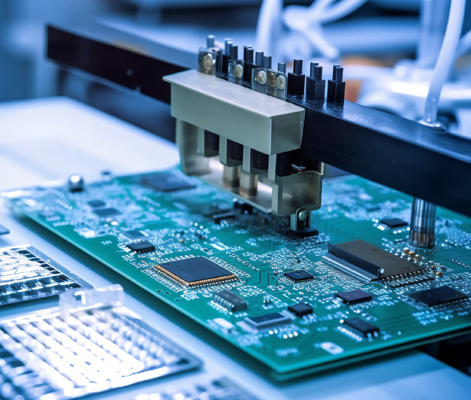

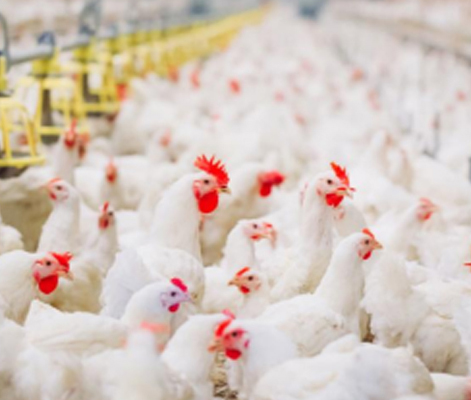

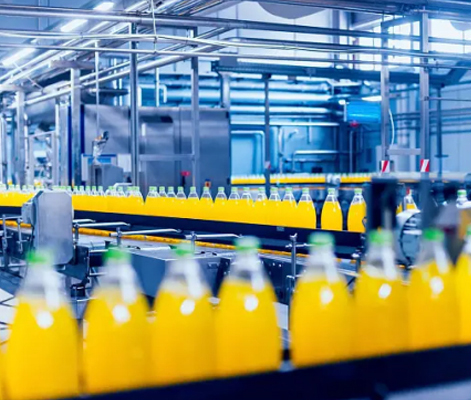

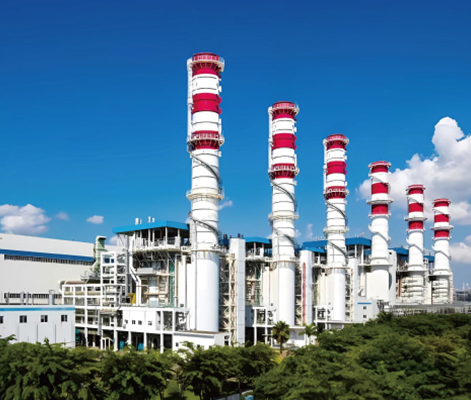

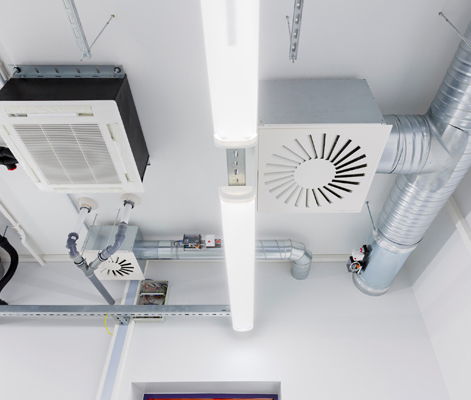



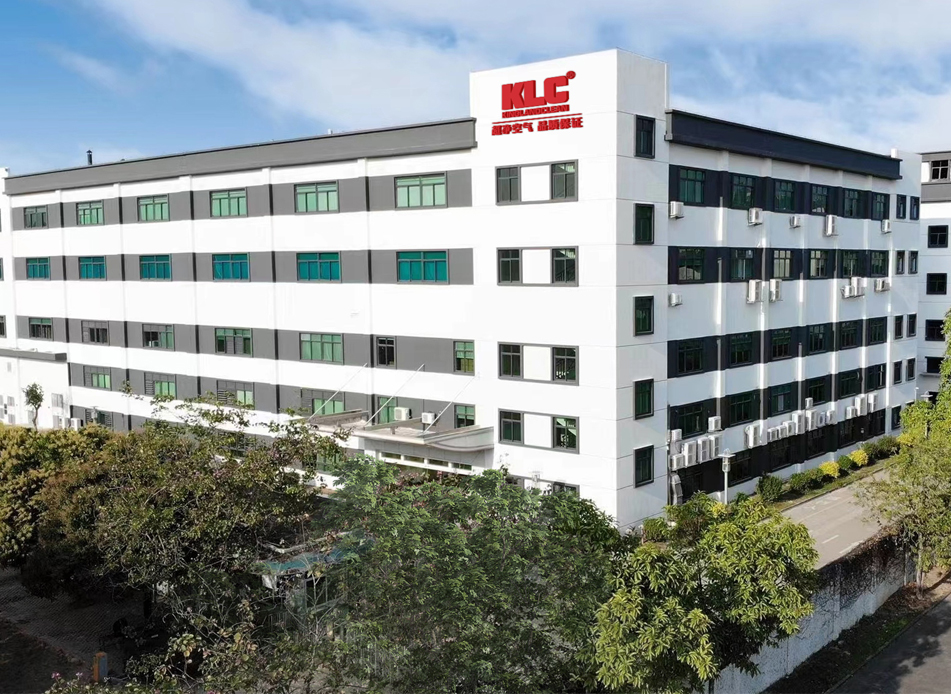






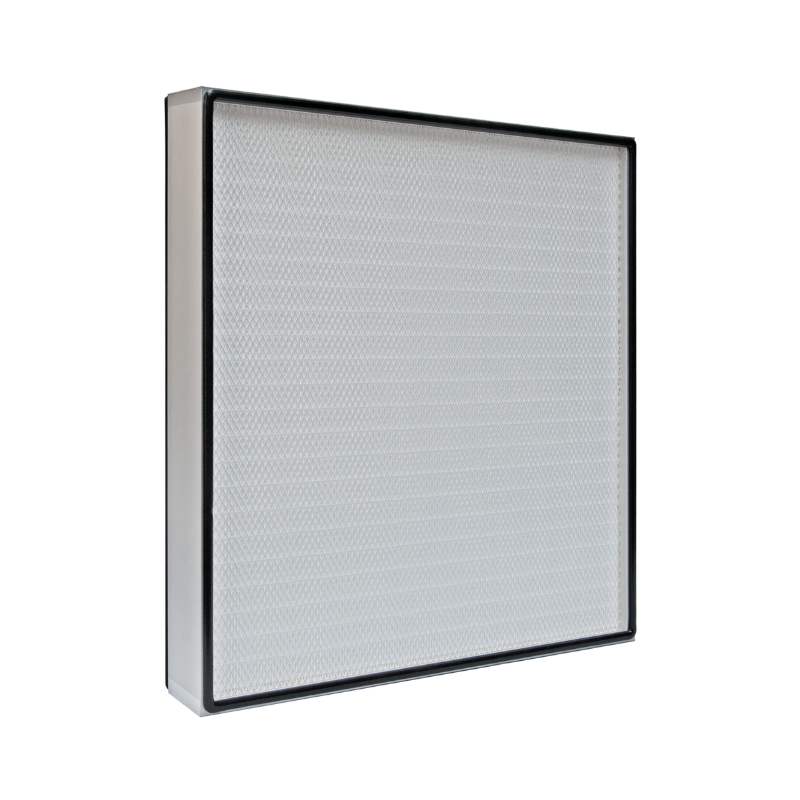
Haute efficacité,bonne étanchéité, faible résistance, longue durée de vie, et installation et remplacement légers et pratiques. |5|


Conception plissée en forme de coin pour éviter que le média filtrant ne soit endommagé.

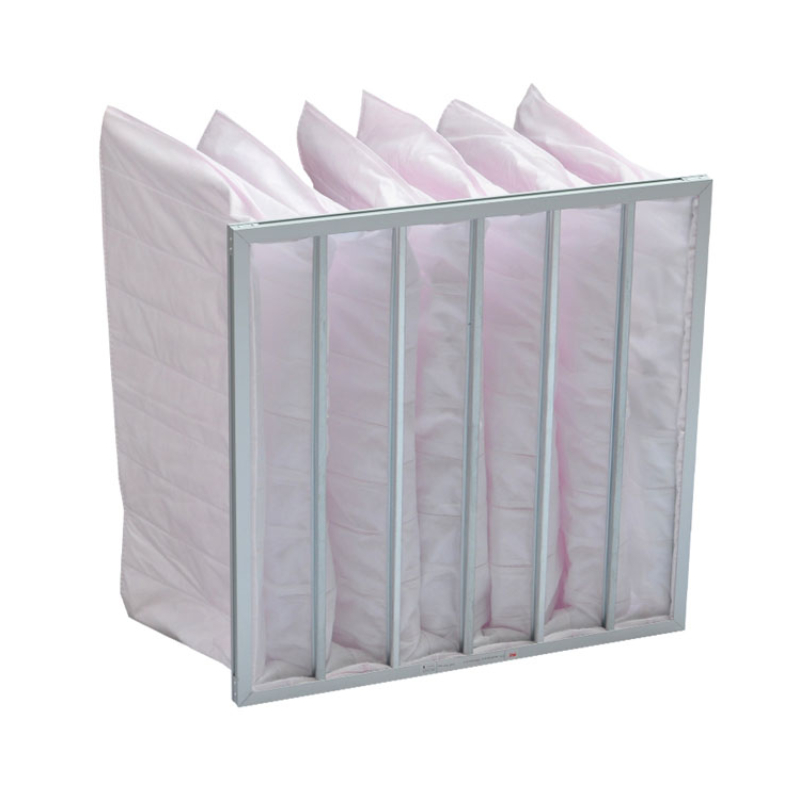
Grande capacité de rétention de poussière et performances stables, rentables et abordables.

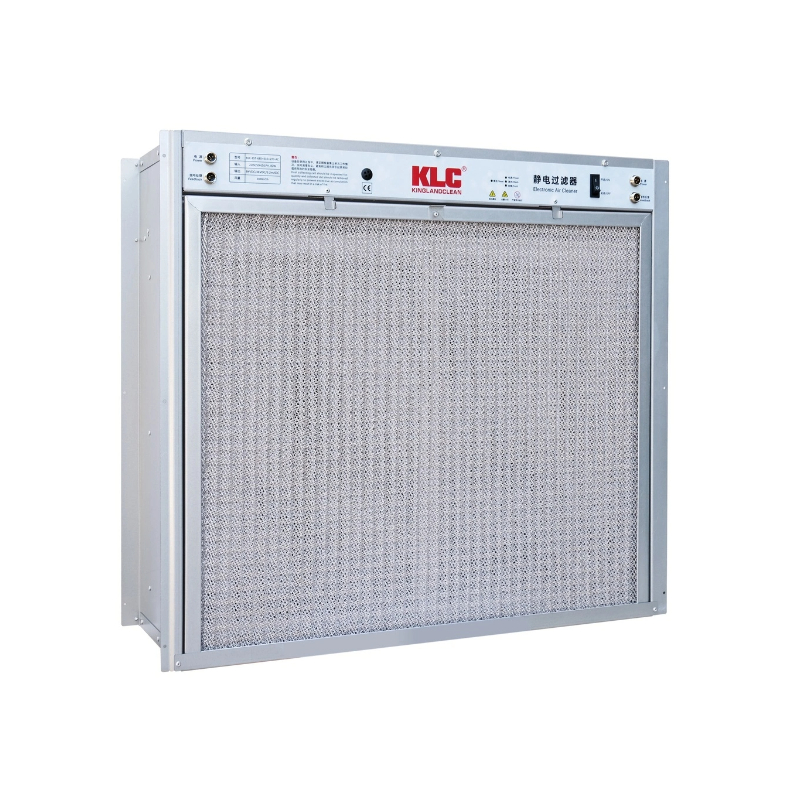
Faible consommation d'énergie, faibles coûts d'exploitation. Protection de l'environnement vert, pas de pollution secondaire.

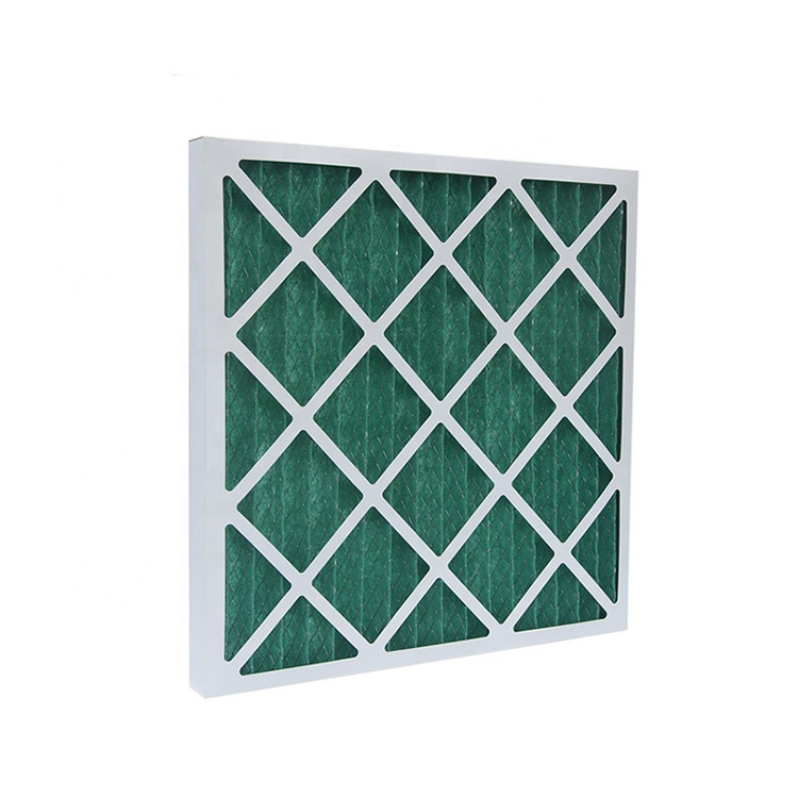
Idéal comme pré-filtre dans les unités de traitement d'air, prolonge la durée de vie des filtres à haute efficacité.

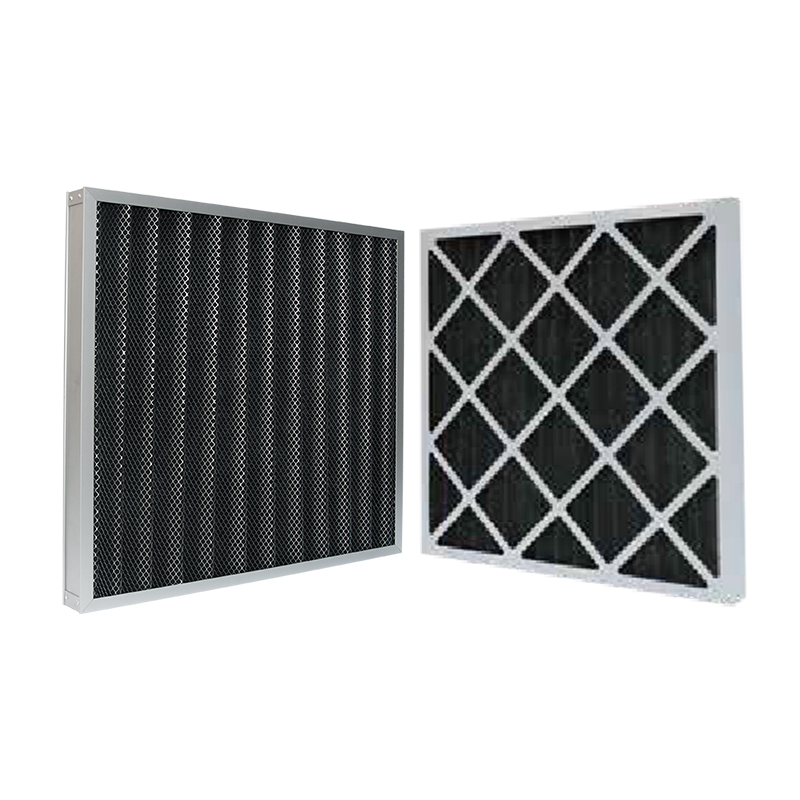
Feutre actif de haute qualité ou fibre de charbon actif utilisé, pour répondre aux besoins particuliers de l'environnement

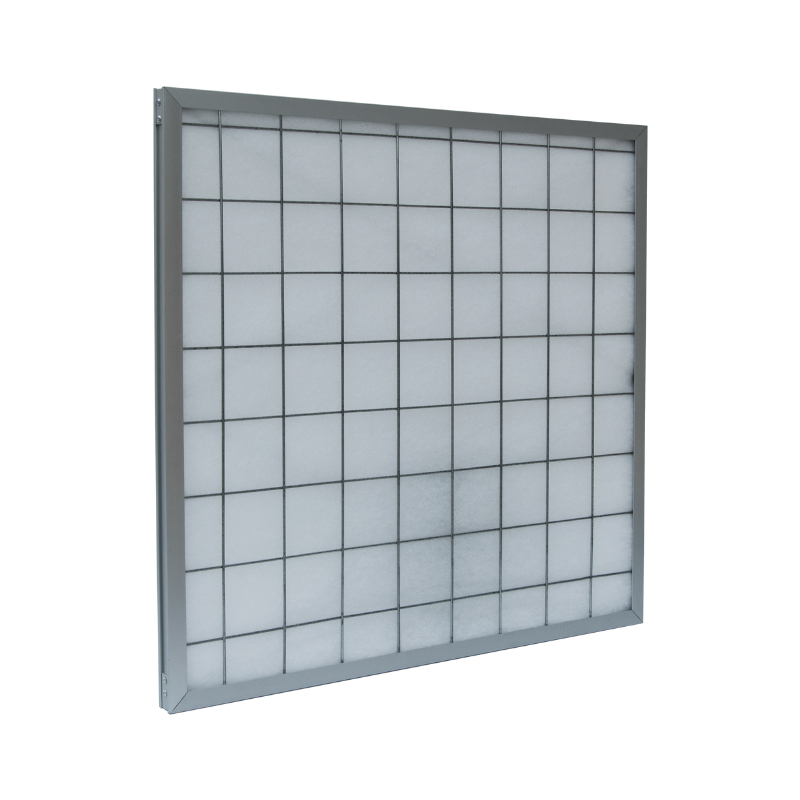
Média filtrant lavable et remplaçable. Haute résistance, grand volume d'air, petite résistance, haute capacité de poussière.

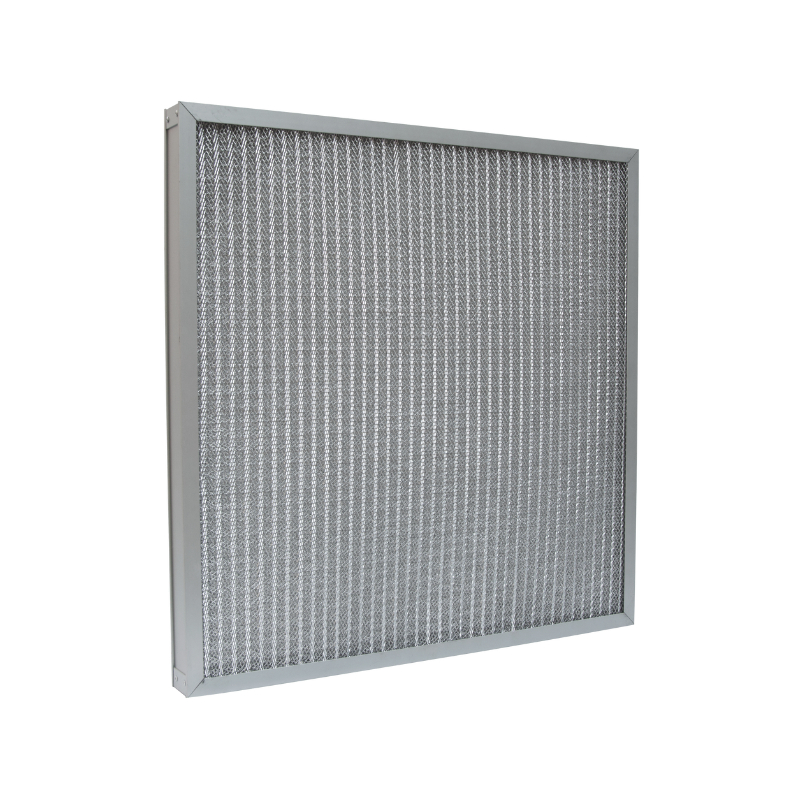
Convient aux environnements à base d'acide et à haute résistance à l'humidité.


Normes ISO14644-1, avec protection contre la surchauffe afin d'augmenter la sécurité des utilisateurs.
La surface est lisse et brillante, avec une faible résistance à l'air et une bonne isolation phonique. Conception spéciale d'entrée d'air et réduit efficacement le bruit.

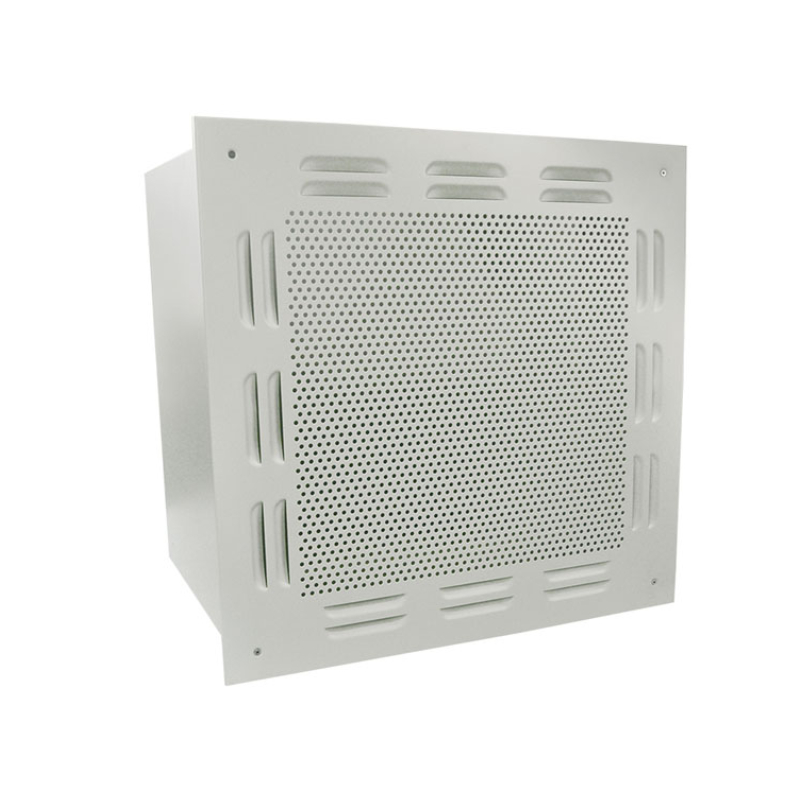
Les concepteurs ont soigneusement conçu la plaque de diffusion pour garantir que la vitesse du jet d'air empêche le produit de créer des courants de Foucault.

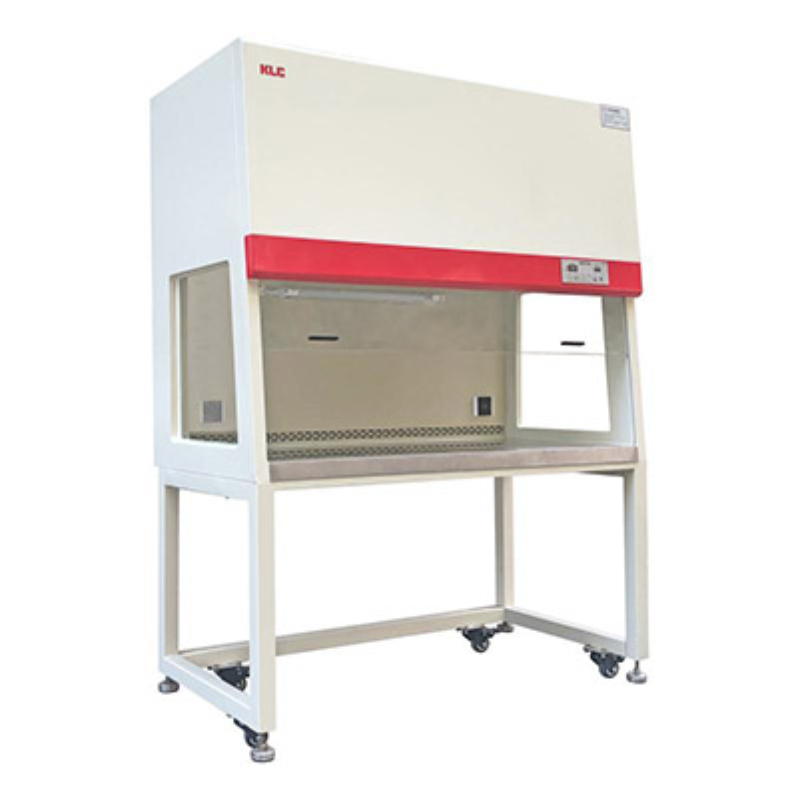
Il permet de minimiser le risque de contamination croisée lié aux activités de l'opérateur, garantissant ainsi la sécurité de l'opérateur et des échantillons ou produits manipulés.

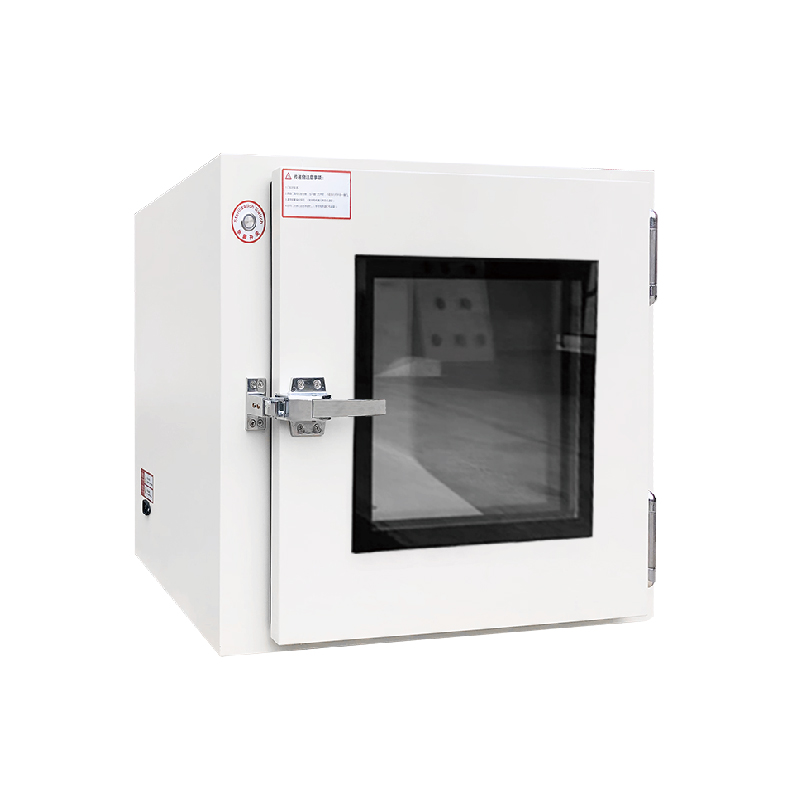
1. Adopte l'acier inoxydable poli à l'intérieur, qui est plat, soigné et portable. Le matériau de surface de la boîte de passage est en acier laminé à froid ou en acier inoxydable.
2. Les portes des deux côtés avec dispositif de verrouillage mécanique ou électronique permettent à deux portes de ne pas être ouvertes en même temps.
3. Boîte de passage avec des bandes d'étanchéité spéciales pour garantir l'étanchéité à l'air.

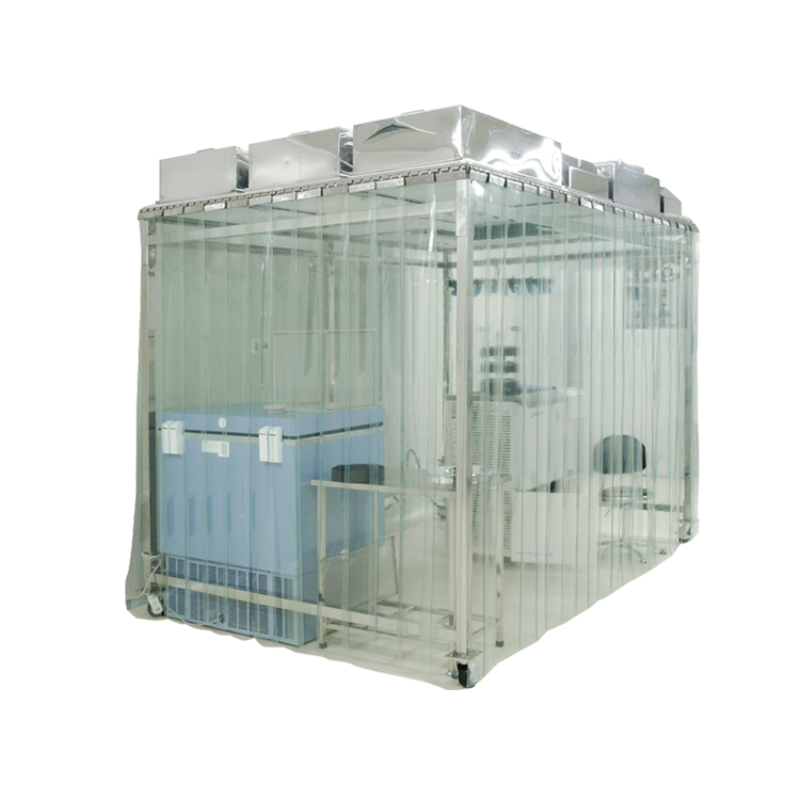
♦CONCEPTION GRATUITE
♦PRIX USINE
♦INSTALLATION FACILE
♦SERVICE APRÈS-VENTE EN TEMPS RAPIDE

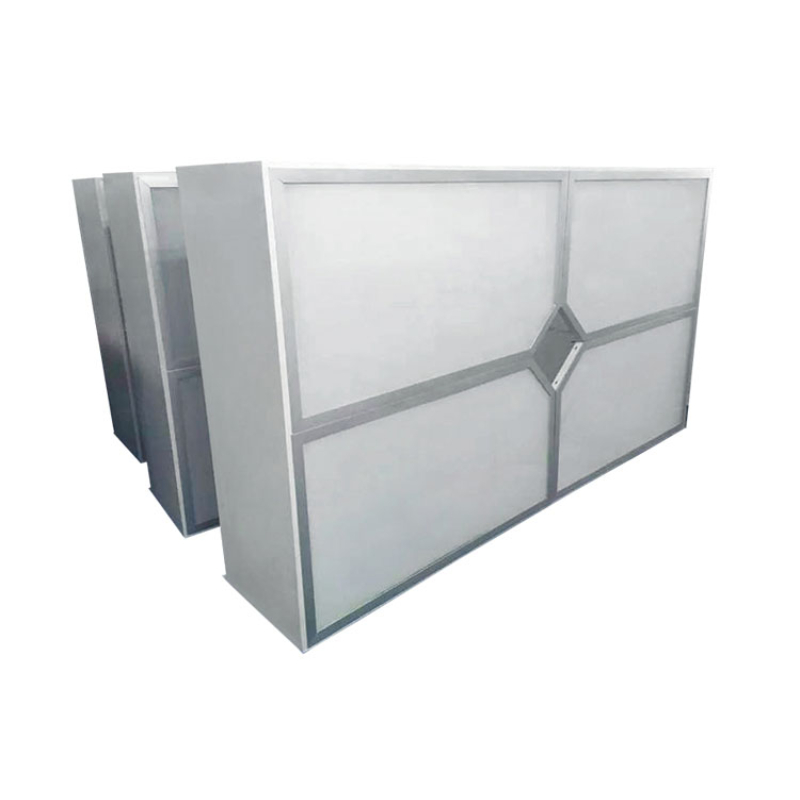
L'utilisation d'une technologie de pointe de couche de drainage à résistance qui permet une distribution raisonnable du flux d'air à l'intérieur de la salle blanche garantit efficacement la propreté intérieure.

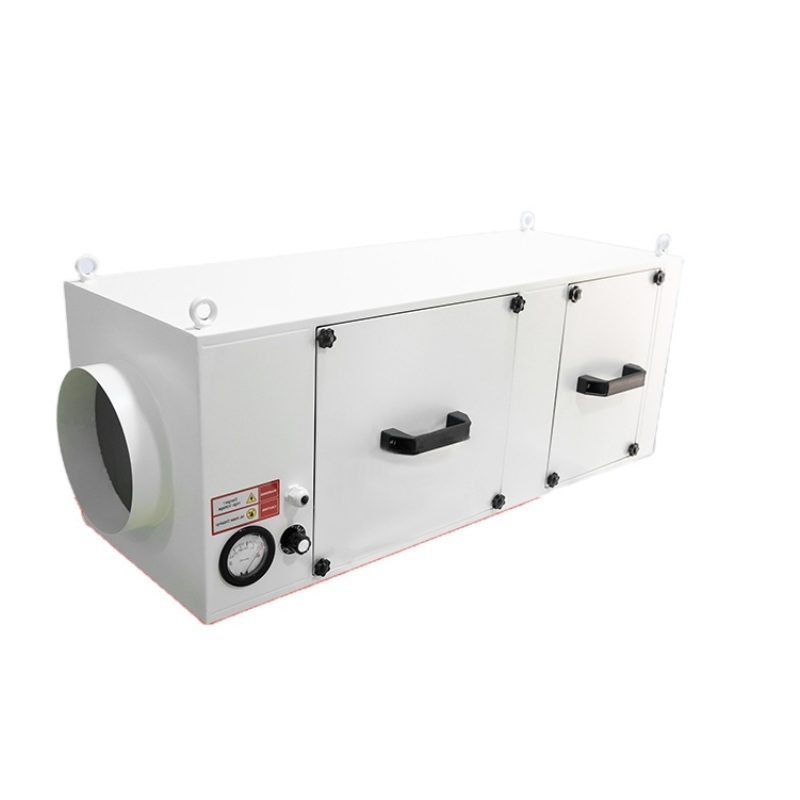
La conception est destinée à l'alimentation ou à la décharge d'air sur de longues distances, ce qui présente les avantages d'une alimentation en air sans entretien, peu de vibrations, à faible bruit et de grande puissance. Suspendu ou monté au sol librement.

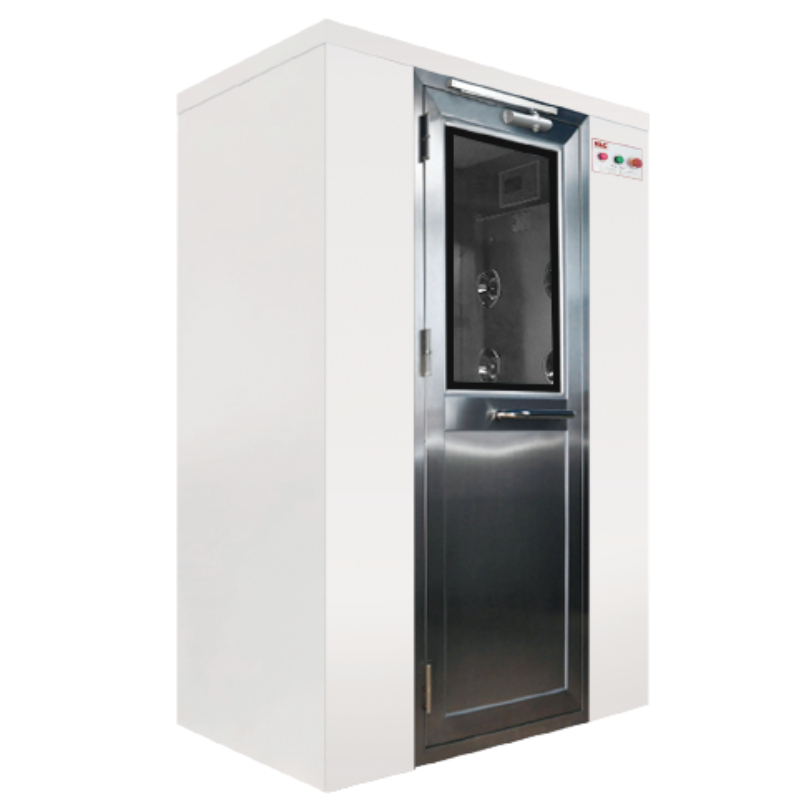
Contrôle intelligent. Temps de soufflage réglable et système de verrouillage. Fort effet anti-air. Buses en acier inoxydable sur trois côtés et grand volume d'air. Ventilateur à faible bruit.


